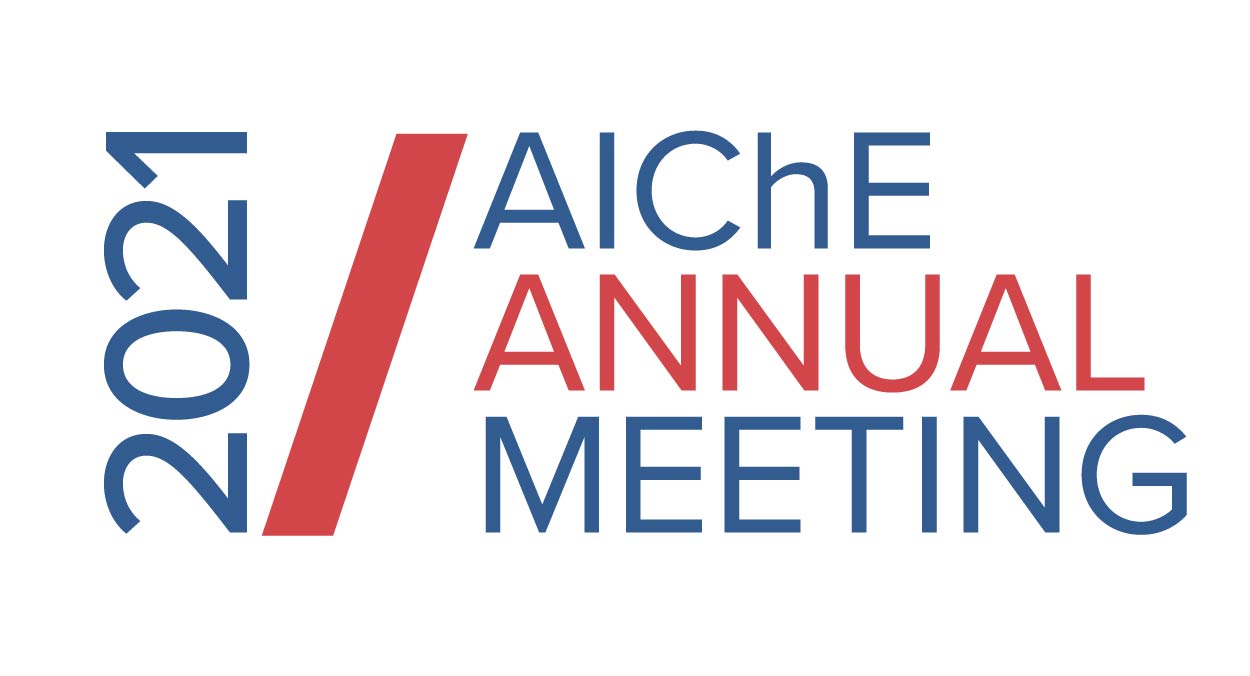

This presentation will discuss a novel sequential DoE strategy that was developed with pre-screening experiments to outline the feasible design space [5]. A successive screening using 23 full factorial design determined that from the initially investigated three factors (the ratio of the reactant concentrations, pH, and precursor concentration), only the first two were statistically significant for silica yield and surface area. The subsequent concatenated optimisation using central composite design located a maximum yield of 90 mol% and a maximum surface area of 300-400 m2/g. Since for successful commercialisation, high yields and large specific surface areas are desirable, their simultaneous optimisation was also achieved with high predictability regression models.
For complementation, a variance-based GSA was successfully applied to bioinspired silica for the first time. This method rapidly identified key parameters and interactions that control the physicochemical properties and provided insights in the wide parameter space, which was validated by the extensive DoE campaign. This work is the starting point in holistically modelling the multidimensional factor-response relationship over a large experimental space in order to complement efforts for resource-efficient product and process development and optimisation of bioinspired silica and beyond.
References
- S. V. Patwardhan and S. S. Staniland, Green Nanomaterials, IoP, Bristol, 2019.
- S. V. Patwardhan, J. R. H. Manning and M. Chiacchia, Bioinspired synthesis as a potential green method for the preparation of nanomaterials: Opportunities and challenges, Current Opinion in Green and Sustainable Chemistry, 12, 110-116, 2018.
- J. R. H. Manning, T. Yip, A. Centi, M. Jorge, M. and S. V. Patwardhan, An eco-friendly, tunable and scalable method for producing porous functional nanomaterials designed using molecular interactions. ChemSusChem, 10(8), 1683-1691, 2017.
- 4. J. R. H. Manning, C. Brambilaa and S. V. Patwardhan, Unified mechanistic interpretation of amine-assisted silica synthesis methods to enable design of more complex materials, Molecular Systems Design & Engineering, 2021, Advance Article DOI: 10.1039/D0ME00131G.
- L. Dewulf, M. Chiacchia, A. S. Yeardley, R. A. Milton, S. F. Brown and S. V. Patwardhan, Designing bioinspired green nanosilicas using statistical and machine learning approaches. Mol. Sys. Des. Eng., 2021, 6, 293.

